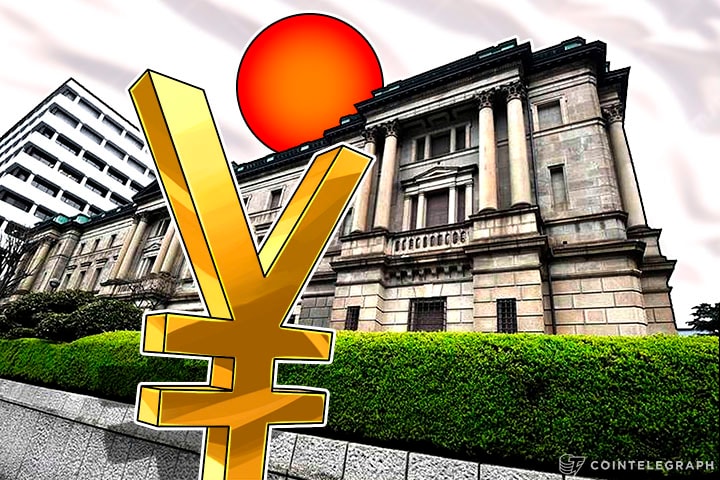The Bank of Japan announced earlier this week that it would abandon its target for expanding the money supply (set at 80 trillion yen annually) and focus on targeting a zero percent yield on the 10-year government bond.
The move comes after years of targeted quantitative easing failed to have an impact on inflation and boost the economy. The Yen has appreciated since the announcement, indicating doubts about whether the Central Bank has enough tools in its arsenal to maintain near zero long-term interest rates.
The change of the central bank’s goals can catch market participants on the wrong foot, causing huge trading losses. The advantage of Bitcoin is that the rate of increase in money supply is hard-coded and known to everybody.
Central banks usually have stated goals - to control inflation, to maintain a stable exchange rate, to support growth, etc. Central banks use the monetary policies available to them to try and meet these goals. Let’s look at examples of how in the past central banks have shifted the goalposts resulting in market turmoil.
Swiss Franc’s sudden surge
Countries with a pegged exchange rate usually run into trouble when their foreign currency reserves are low. Speculators can then short the currency, making the central bank run out of foreign currency. Switzerland, which had pegged its currency against the Euro, faced a different problem in 2015. The proposed quantitative easing of the European Central Bank generated fears that the Swiss Central Bank would be forced to print more Swiss Francs to maintain the floor. This prompted the Swiss Central Bank to abandon the floor in 2015, leading to chaotic markets where the Franc appreciated by 30% in the minutes following the decision.
Nixon Shock
During the period after World War II, the world operated on a fixed currency exchange rate, with various currencies being exchangeable for a fixed amount of gold. The system, called the Bretton Woods system, used the dollar for international settlement, because the dollar was redeemable for a fixed quantity of gold by the US government. In 1971, President Nixon of the United States unilaterally suspended the convertibility of the dollar into gold. The 'Nixon Shock' caused instability in the currency markets leading to floating exchange rates and is also suspected to have triggered stagflation in the United States.


